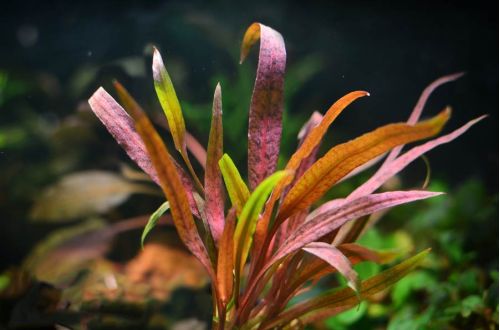
Pemphigus vulgaris
Pemphigus vulgaris, scientific name Utricularia vulgaris. The plant is distributed throughout Europe, North Africa and temperate Asia. Grows in stagnant wetlands.

In a favorable environment, it develops long stems (up to one meter) without roots with small branched feathery leaves, which carry many trapping bubbles. During the summer months, several yellow flowers similar to Snapdragon (Antirrhinum majus) appear above the surface of the water.
In nature, in autumn, spherical winter buds appear at the ends of the shoots, which then separate and sink to the bottom. The rest of the plant decays and dies. In spring, winter buds rise to the surface and sprout again.
The presence of bubble traps is a distinctive feature of plants of the genus Utricularia. Being in a nutrient-poor environment, in the course of evolution, Pemphigus vulgaris developed an unusual adaptation that made it possible to obtain the substances necessary for growth in a different way. She began to hunt small aquatic organisms, sucking her prey into those same bubbles.
Pemphigus vulgaris can grow equally successfully in aquariums and in open ponds. Unpretentious, does not require the creation of special conditions.
It is worth remembering that in aquariums with fry, the latter can become an accidental victim of this predatory plant.





